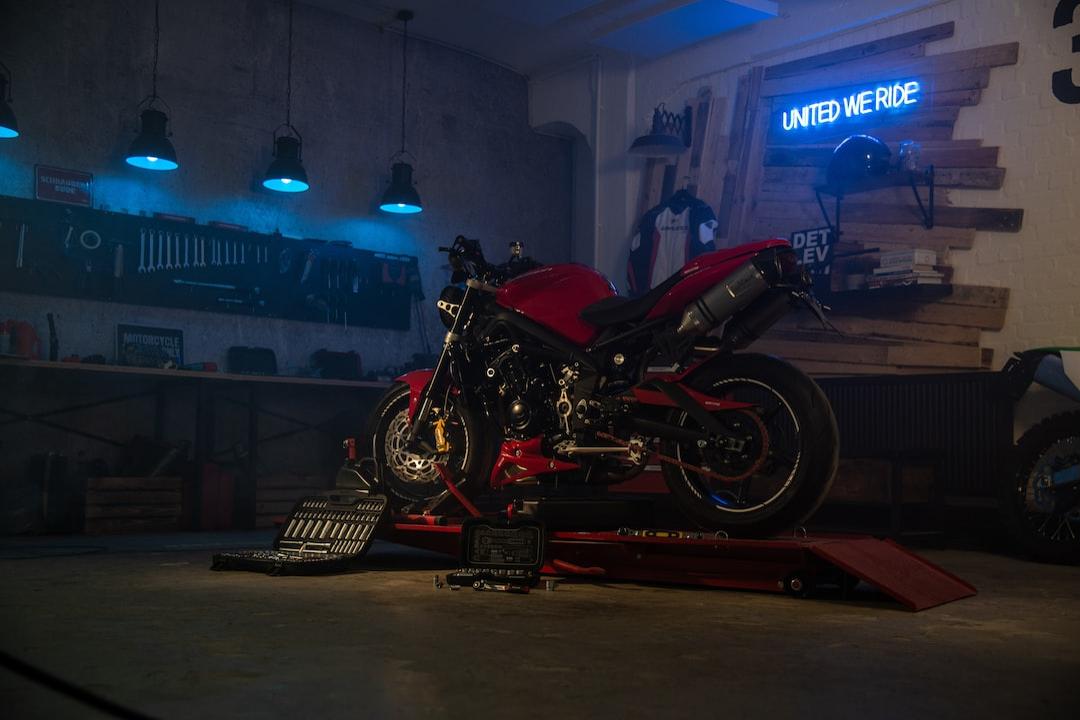Coreum, a blockchain platform designed for enterprise use, is focused on creating a connected ecosystem that allows assets to flow freely and securely across platforms.
The advantages of blockchain technology have attracted the interest of businesses outside of the cryptocurrency domain. Its immutability, transparency, and traceability have had a significant impact on the enterprise world, with 9 out of 10 businesses either using or planning to use it.
However, one challenge remains: achieving interoperability between different blockchain networks. Fortunately, there are projects actively working to overcome this challenge, and one project, in particular, is enabling seamless asset transfers across various blockchain networks.
Coreum, which is a layer-1 blockchain known for its scalability, security, and interoperability, aims to address integration challenges between ecosystems, specifically the XRP Ledger (XRPL). XRPL, an open-source and decentralized blockchain, excels in providing fast and energy-efficient transactions and has its native coin, XRP.
By connecting Coreum and XRPL through the Bridge, developers have the opportunity to create interoperable decentralized applications (DApps). This development has the potential to increase liquidity, enhance the utility and accessibility of XRPL, and facilitate the transfer of real-world assets from XRPL to the Cosmos blockchain network. This allows projects to leverage smart token technology, ISO 20022 messaging, and decentralized finance (DeFi) opportunities within Coreum.
Bridging to Coreum opens up new DeFi opportunities for XRPL assets, such as staking for rewards, earning interest through yielding, and participating in decentralized autonomous organization (DAO) governance. Coreum expands XRPL’s DeFi capabilities into a wider range of blockchain financial services, providing an enhanced user experience.
Through seamless asset transfers between blockchains, XRP holders can access the extensive world of DeFi. Users can take advantage of opportunities like staking, lending, and borrowing using Coreum.
As an enterprise-grade blockchain platform, Coreum aims to redefine the capabilities and efficiency of enterprise-level blockchain applications by adopting the ISO 20022 standard on-chain. This standardization enables seamless communication and integration between different platforms, streamlining transactions, and enabling a broader range of financial services to operate on the blockchain.
Coreum has developed the XRPL Coreum Bridge, which allows uninterrupted asset transfers and inter-chain communication. Unlike other blockchain bridges, the XRPL Coreum Bridge operates in a decentralized and noncustodial manner. This means that no central authority or intermediary is responsible for holding or managing assets, giving users full control over their assets at all times. This approach minimizes trust issues and reduces the risk of theft or loss caused by hacking central structures.
The bridge’s architecture consists of three main parts: the multisignature account, relayers, and the bridge contract. The multisignature account acts as a safe deposit box that requires multiple keys to open, ensuring security. Relayers listen to events on both XRPL and Coreum and trigger actions, incentivized by transaction fees. The bridge contract maintains the operational state and execution, including the minting of new tokens on Coreum.
The XRPL Coreum Bridge has successfully connected XRPL to the Coreum and Cosmos ecosystems, and the Coreum team plans to expand its functionality and integrate with additional blockchains to support a more connected crypto ecosystem.
Increasing interoperability offers the opportunity to extend the reach of blockchain technology beyond traditional boundaries and unlock new potential in areas outside of digital finance. This vision promises a more connected, efficient, and innovative blockchain ecosystem, where the free flow of assets and seamless integration of services become the new norm.

